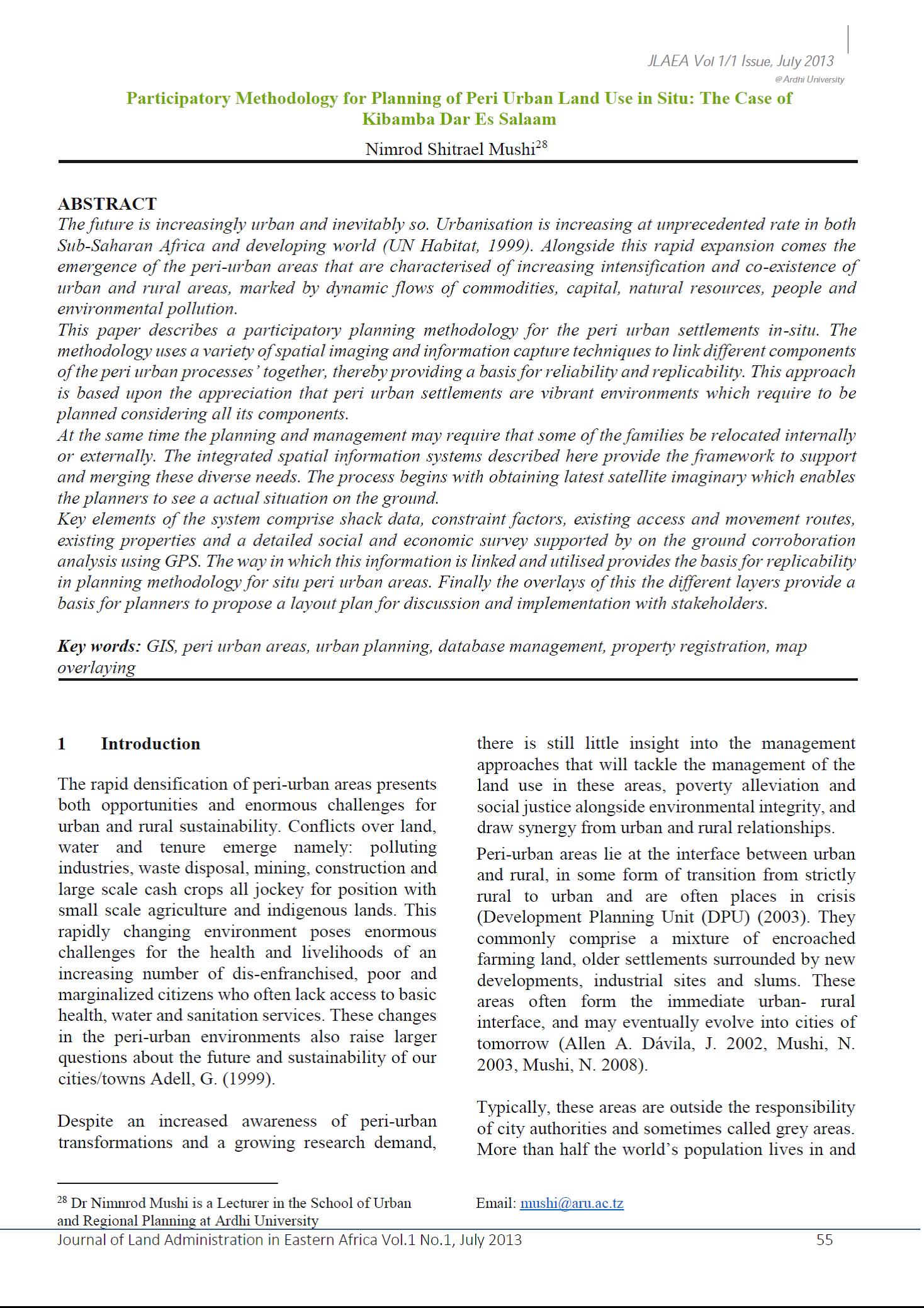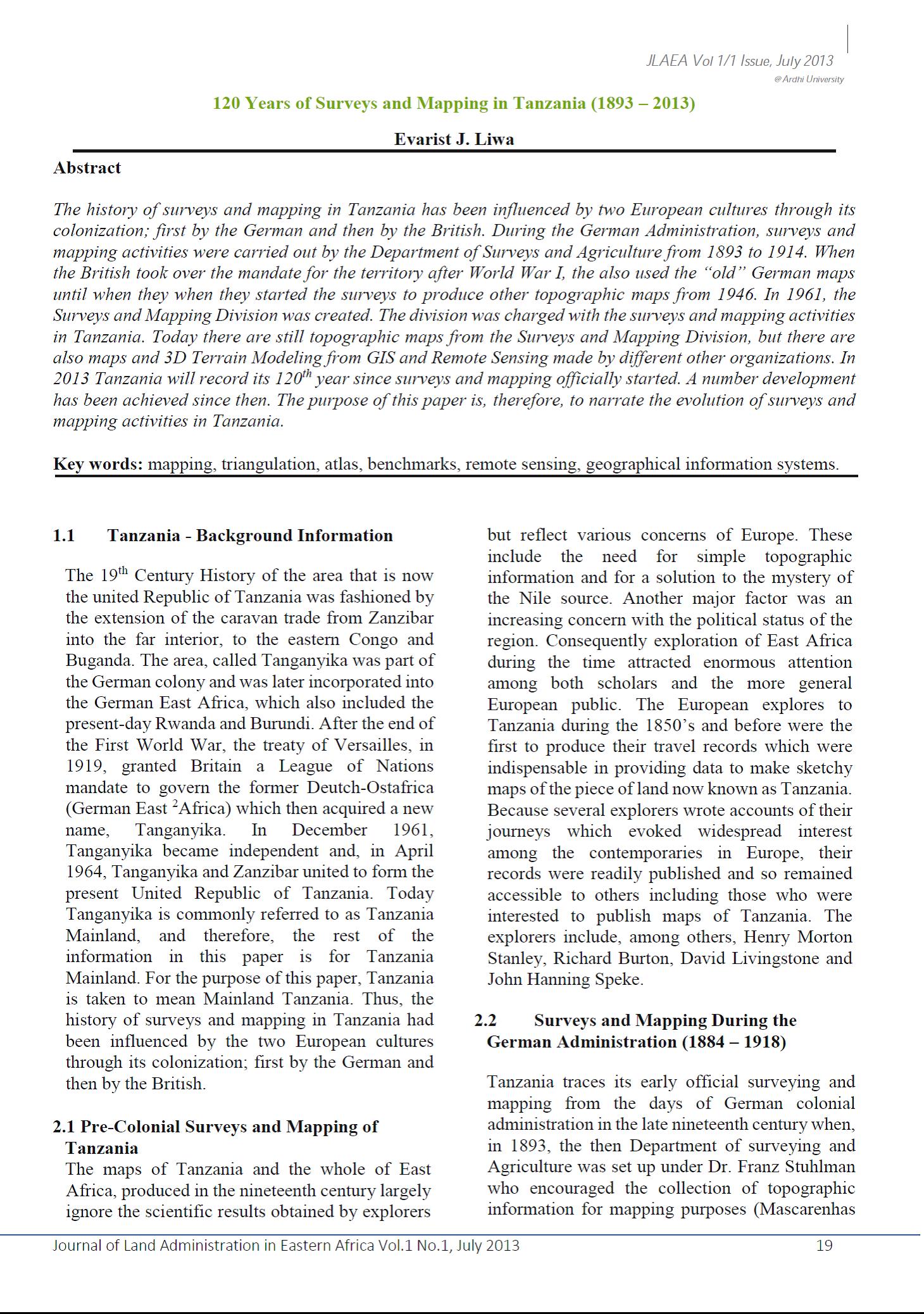Herramienta Garantía de calidad - control de calidad (GC_CC) y verificación
La herramienta Garantía de calidad - control de calidad (GC-CC) y verificación es parte de las Herramientas de análisis de emisiones del sector AFOLU, destinadas a apoyar a los países miembros a países miembro para mejorar la capacidad nacional de satisfacer los requisitos de presentación de informes de la Convención Marco de las Naciones Unidas sobre Cambio Climático (CMNUCC), y para diseñar acciones de política climática (i.e.


